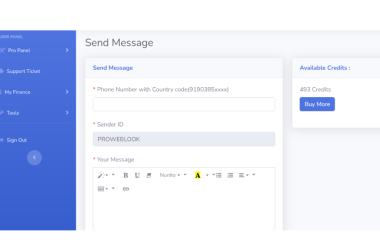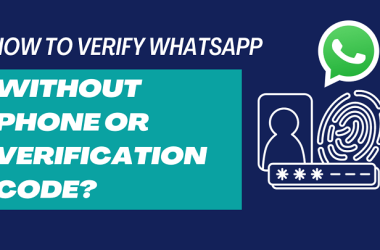HTTP Header Check: Bad 400 Request and HTTP Strict Transport Security.
HTTP Header Check: Bad 400 Request and HTTP Strict Transport Security.
In web development and network communication, the HTTP protocol controls data exchange between clients and servers. HTTP headers are vital within this framework, providing metadata and instructions for handling requests and responses. However, errors can occur, leading to issues such as the notorious “Bad 400 Request” error. Moreover, securing data in transit is crucial, with tools like HTTP Strict Transport Security (HSTS) emerging to combat threats. This article explores HTTP header checks, delves into Bad 400 Requests, and highlights the importance of HSTS.
Understanding HTTP Headers.
Before delving into specific issues and security mechanisms, it’s imperative to grasp the fundamentals of HTTP header Check. HTTP headers are crucial pieces of data transmitted with requests or responses, offering vital instructions for web servers and clients. They come in various forms, including request headers accompanying client requests, and response headers sent back by servers.
Request headers provide essential data like the browser type, accepted content types, authentication credentials, and more. Response headers, on the other hand, furnish details such as the request status, response content type, caching directives, and security policies. Together, these headers facilitate smooth communication between clients and servers, allowing for efficient data exchange. Proweblook
Bad 400 Request: Unpacking the Error.
One common issue that developers encounter during web development is the “Bad 400 Request” error. Consequently, when a server receives a request it cannot process due to malformed syntax or other client-side errors, it responds with the HTTP status code 400 – Bad Request. This signifies that the server cannot or will not process the request due to something perceived to be a client error.
Several factors can contribute to triggering a Bad 400 Request error. These may include improperly formatted requests, missing or incorrect headers, exceeding server limits, or attempting to access resources without proper authorization. Identifying the root cause of this error is crucial for troubleshooting and resolving the issue effectively. Proweblook
Troubleshooting Bad 400 Requests.
Resolving Bad 400 Request errors often involves meticulous troubleshooting to pinpoint the underlying cause. Developers can employ various strategies to diagnose and address these issues. One approach is to meticulously review the request headers sent by the client to identify any anomalies or discrepancies. Ensuring that the request conforms to the HTTP protocol specifications and adheres to server requirements is essential for rectifying this error.
Developers can use debugging tools and browser consoles to inspect network requests, helping identify issues like malformed requests or missing parameters. Server-side logging can also offer insights into incoming requests, aiding in troubleshooting.
Introduction to HTTP Strict Transport Security (HSTS).
In an era where cybersecurity threats loom large, safeguarding sensitive data in transit has become paramount. HTTP Strict Transport Security (HSTS) is a security mechanism that boosts web application protection against transport layer attacks. Essentially, HSTS mandates secure HTTPS connections, reducing risks like man-in-the-middle and protocol downgrade attacks. Proweblook
Implementing HSTS for Enhanced Security.
The implementation of HSTS involves the inclusion of a special HTTP header, aptly named “Strict-Transport-Security,” in server responses. This header informs web browsers that the website should only be accessed via HTTPS and specifies a timeframe, known as the “max-age,” during which the browser should enforce this policy. Additionally, the “includeSubDomains” directive can be used to extend HSTS protection to all subdomains of the primary domain.
Deploying HSTS strengthens application security, reducing risks of insecure communication and safeguarding user data confidentiality and integrity. However, cautious implementation is essential to avoid disruptions or security vulnerabilities.
Conclusion.
In conclusion, HTTP header checks, Bad 400 Requests, and HTTP Strict Transport Security are integral components of modern web development and cybersecurity practices. Understanding these concepts and their implications is essential for developers striving to create robust, secure, and resilient web applications. By troubleshooting Bad 400 Requests and implementing security measures like HSTS, developers improve web application reliability, performance, and security, building user trust in today’s interconnected digital world.
Kindly check our website Proweblook for more Web API tools. More resources can be found on our Github page, Social Channels are Twitter, Facebook & Youtube.








